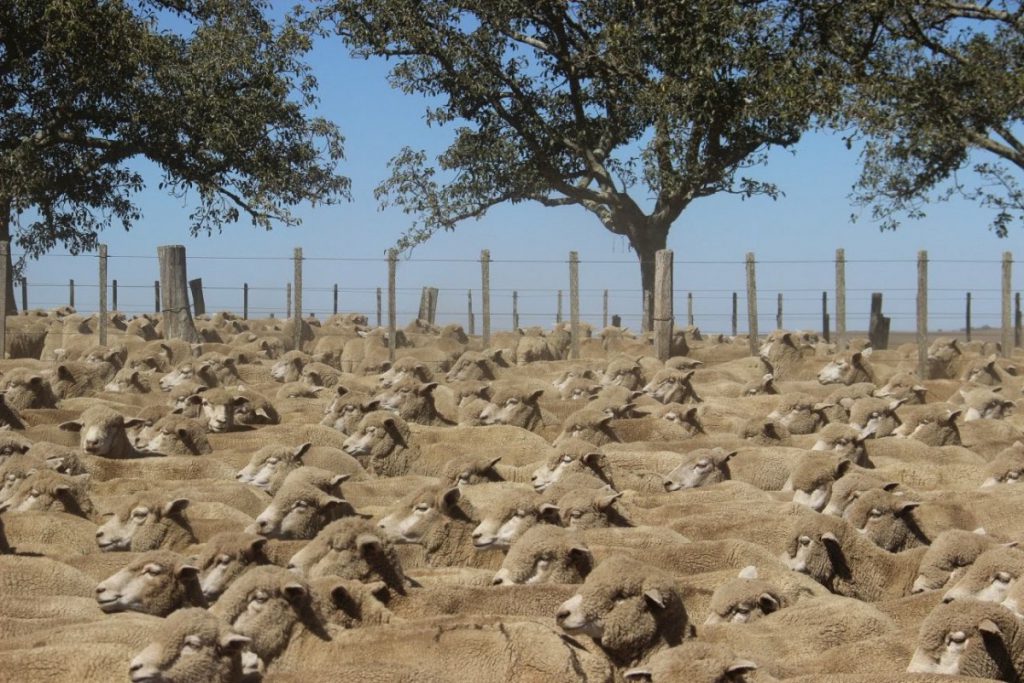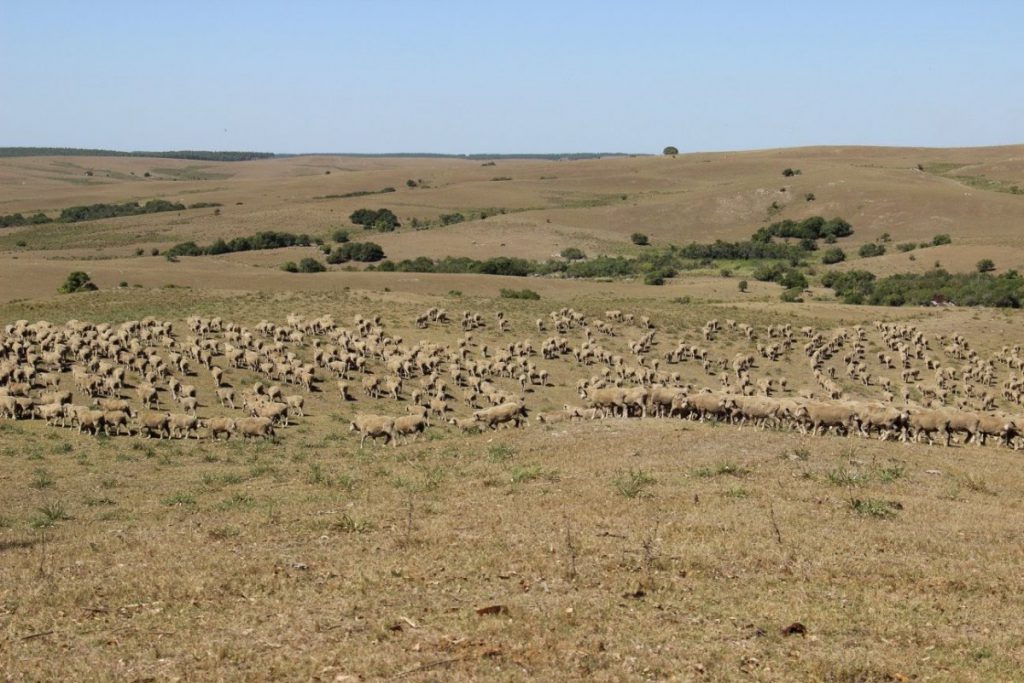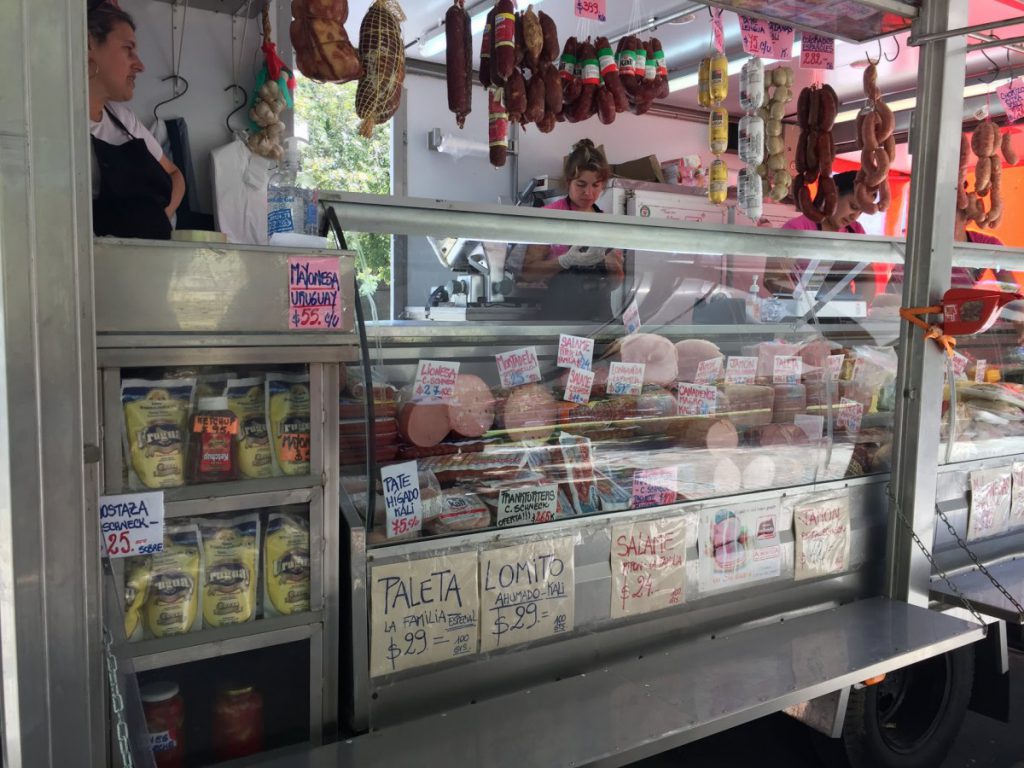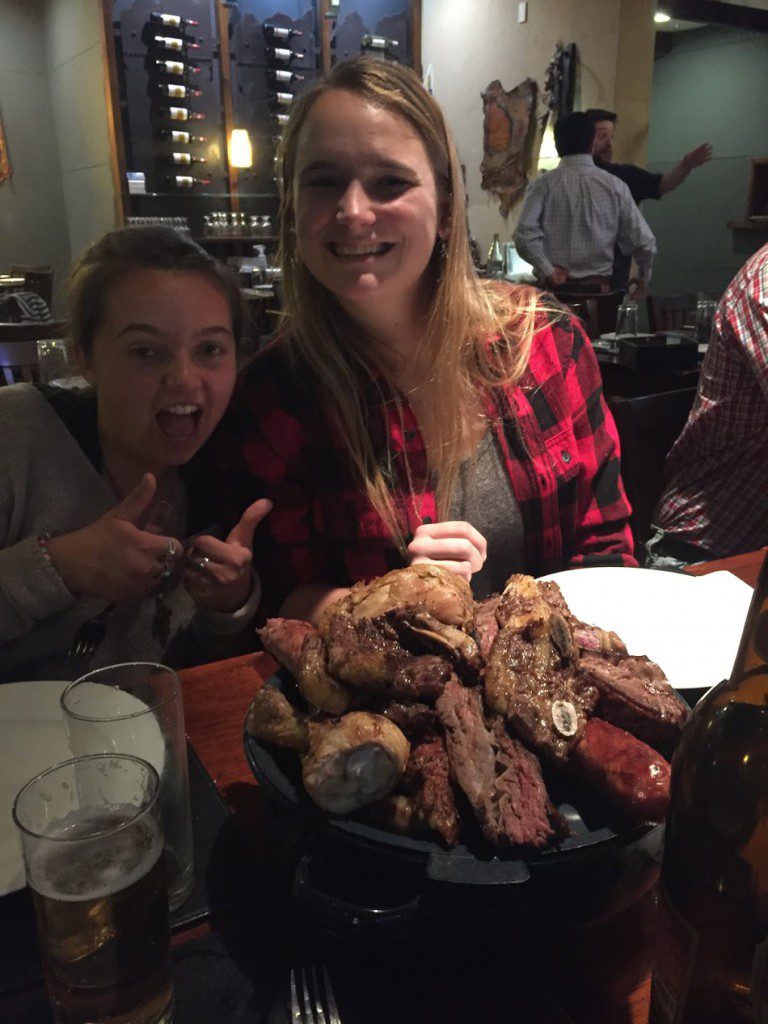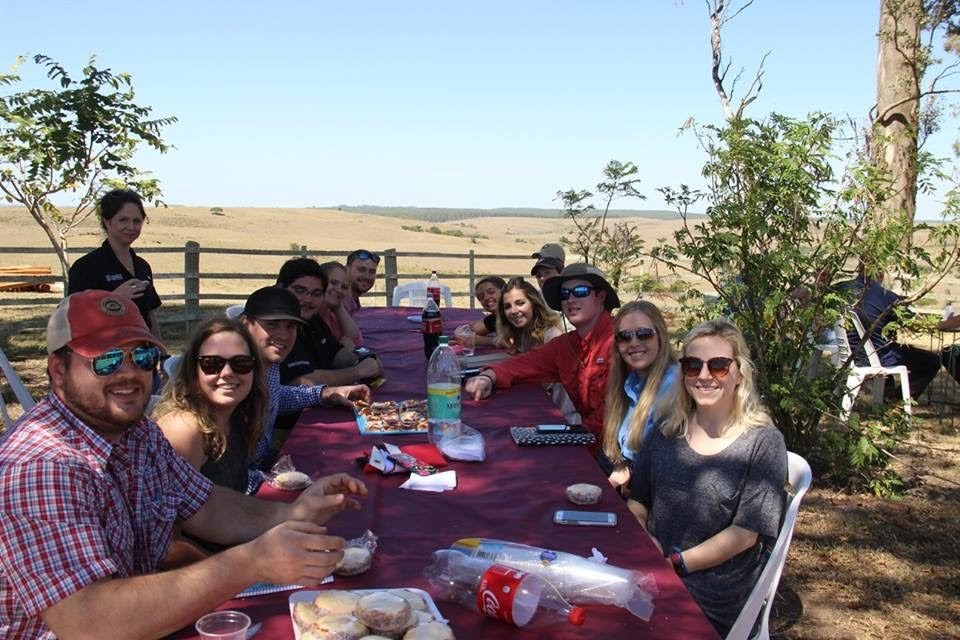So far, in only approximately five days, Uruguay has provided me with more meat than I thought I could ever consume, breathtaking scenic views, and a culture which I have come to appreciate and love: I am just over halfway through my spring break study abroad program in Uruguay, and I am already so excited to share my experiences with my family and friends back in the United States. The culture which I have experienced here has been foreign in so many aspects, but that has made it all the more interesting.
I have had two exceptional cultural experiences while studying abroad in Uruguay, one concerning the farms toured and the other concerning the local dietary patterns. Focusing first on the farms that we visited, I was immediately floored by the sheer size and scale of the operations; for example, a dual-purpose sheep ranch near Trienta y Tres which we visited consisted of approximately 7000 Merino-Lincoln (Merilin) sheep on nearly 10,000 acres of land. Nowhere in the United States that I have visited has been so large-scale, nor has any sheep operation in America that I have toured focused heavily on both wool and meat. Additionally, I was struck by the threats faced by this sheep producer compared to those faced by American sheep ranchers—in the United States, sheep farmers constantly battle parasites and predators, such as coyotes, that threaten the health and well-being of their sheep. In contrast, in Uruguay, parasites are not a pressing or prevalent issue; in fact, they only treat for external parasites using a footbath. Furthermore, the biggest predator sheep on the range face are fellow countrymen that engage in livestock raiding and theft. Seeing how operations work on the sheep ranch, as well as on other farms toured so far, remind me that although livestock may be produced around the world, production systems drastically differ.
On a completely different note that nonetheless still echoes the cultural differences between the United States and Uruguay, I have been surprised by how the local dietary customs here vary from those in America. To be more specific, the times at which people eat are very different to what I am accustomed: while breakfast is consumed at relatively normal hours, from 7:00 am until 10:30 am, lunch is taken at approximately 2:30 in the afternoon, and dinner is not served until 9:00 or 10:00 at night! Moreover, the composition of the meals is a far cry from the American “My Plate” ideal—the majority of our meals so far have consisted of only meat, cheese, and bread. I have only seen lettuce once on this trip, and fruit is only served at breakfast; no beans have been spotted, and rice has only been served once. Vegetarians, be warned: for two meals now, the entire meal has consisted of a plate piled high with all different kinds of meat: lamb, pork, beef, kidneys, intestines, blood sausage, and chorizo. This was shocking to me, an American who has had the balancing ideals of the “Food Pyramid” ingrained since elementary school, but to Uruguayans who consume over 200 pounds of meat per person per year, this is simply the status quo.
Both of these surprising yet interesting cultural experiences have reminded me to keep an open mind while here in Uruguay and to try to not only learn but also to understand the unique local culture as much as possible.

